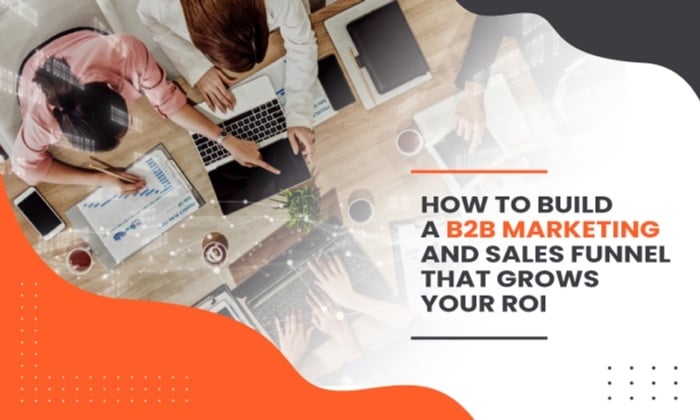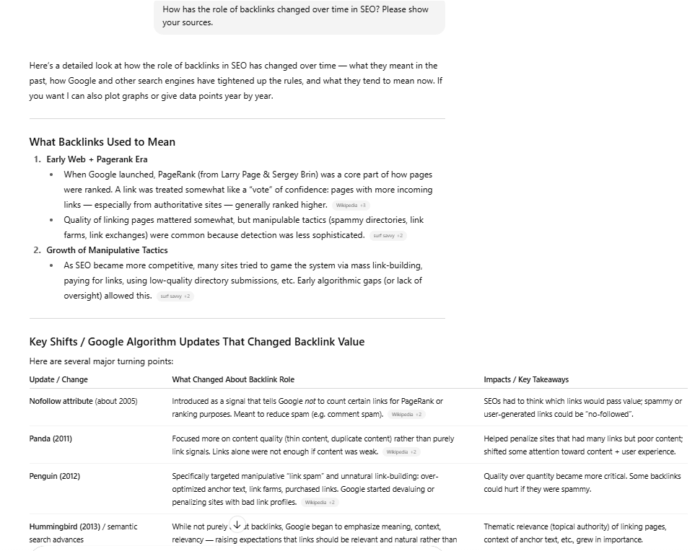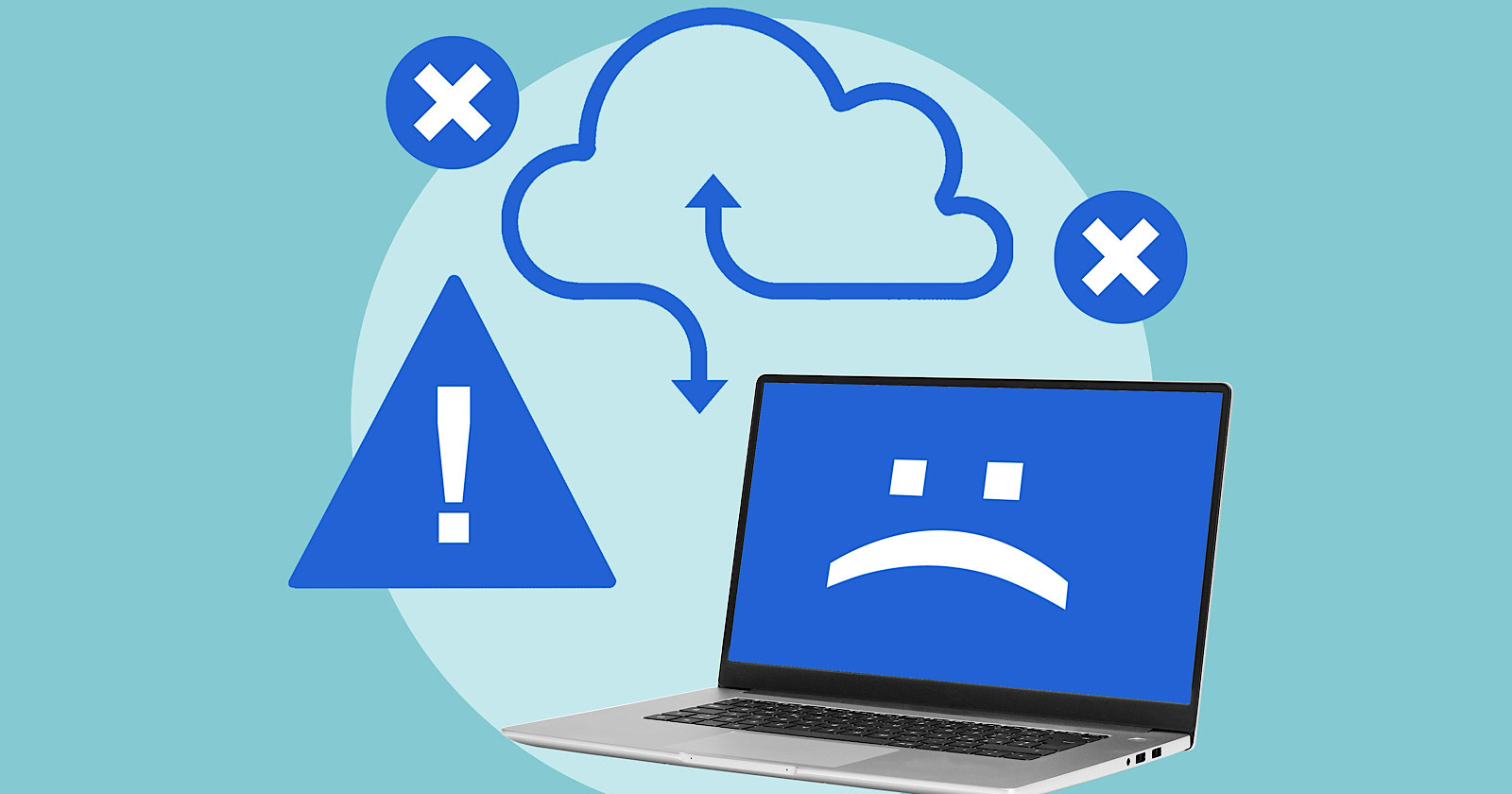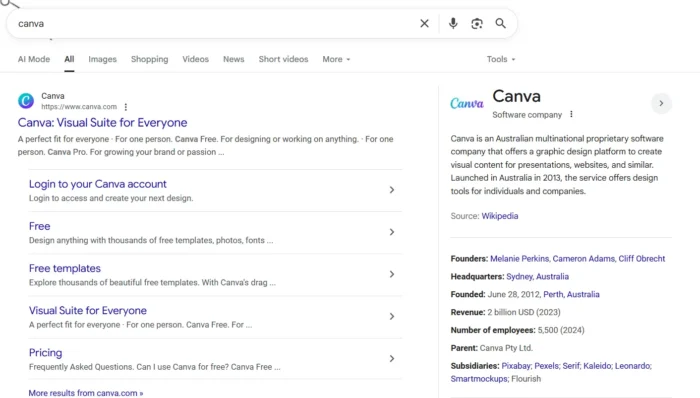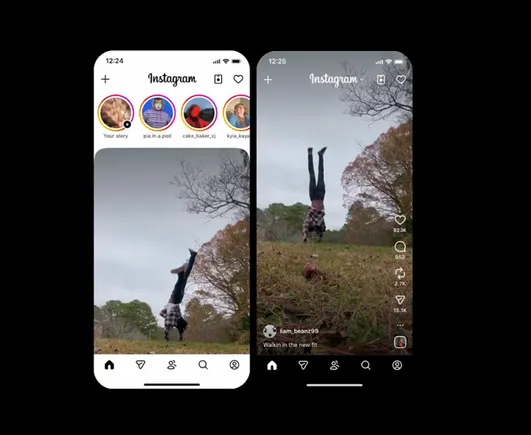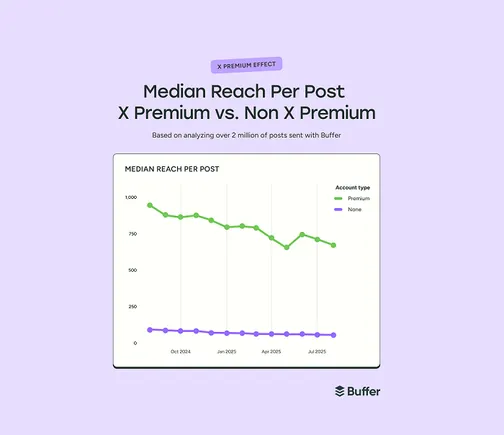How to Audit Brand Mentions for Modern SEO
Auditing your brand’s mentions is how you uncover: How the public sees your brand What misinformation might be feeding AI systems Which topics and entities are most strongly connected to you Think of it as backlink auditing for the...
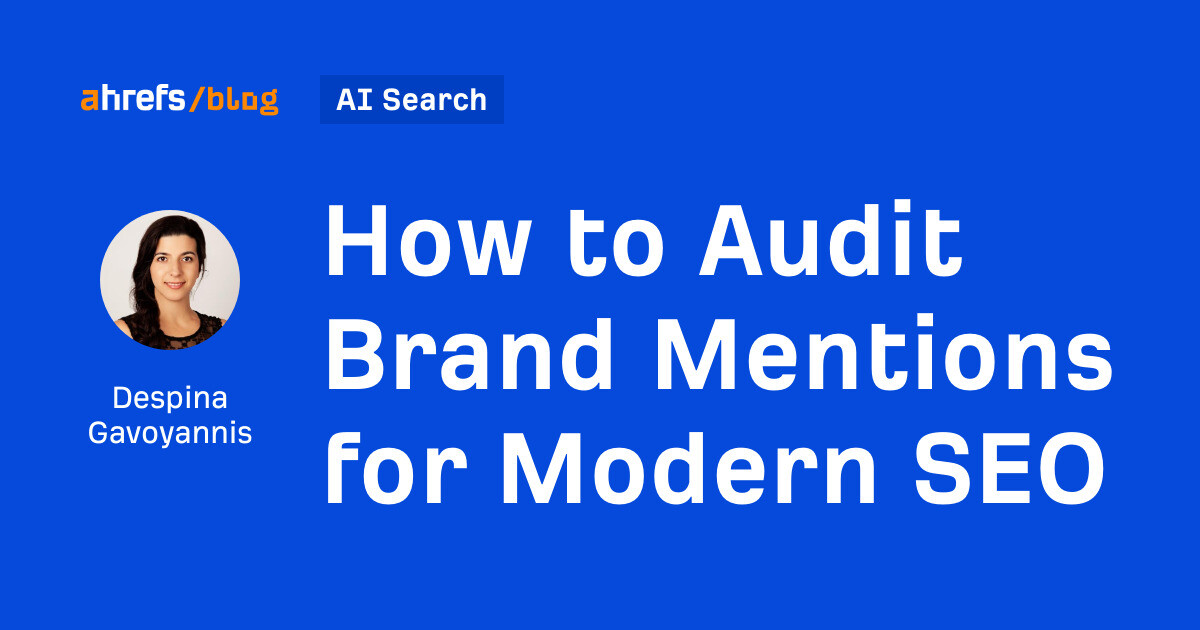
Brand mentions are to AI search what backlinks are to traditional SEO. Links tell Google who to trust; mentions tell AI systems who you are. Auditing your brand’s mentions is how you uncover: Think of it as backlink auditing for the AI era. Instead of just analyzing links, you’re digging into the narratives and contexts that shape how both search engines and AI models present your brand. A brand mention is any online reference to your company, product, or employees, whether or not it includes a clickable link. It could be your brand name in a news article, a product discussed in a Reddit thread, or an executive quoted in an industry roundup. Backlinks remain the backbone of SEO. But mentions are becoming just as important for both traditional and AI search. AI search systems don’t just check for links. They analyze the context, frequency, and sentiment of brand mentions to decide how and when your brand should be mentioned in responses. That makes mentions a critical signal in modern SEO, shaping both search rankings and AI-generated responses. Auditing them reveals opportunities a backlink check alone would miss. Here’s how to do that. The first step in a brand mention audit is setting a baseline. Before you can improve, you need to know how your brand (and its products, sub-brands, or key people) is currently being referenced online. Tools like Brand Radar make this straightforward. In the Overview > Web Pages tab, search for your brand and record key metrics, including: From there, compare cumulative and month-by-month data. This lets you: A strong benchmark gives you a baseline for measuring future progress and a clearer picture of how your brand is actually perceived online. AI search is probabilistic, meaning that it reflects the dominant language patterns it finds across sources. The way your brand is described online directly influences how AI systems describe you in answers. In Brand Radar, you can check out the Web pages report to find all mentions of your brand online. You can use the advanced search operators to filter the data however you like. I prefer to remove mentions on my website and filter only to show mentions that also discuss my core topics. When reviewing your brand mentions around the web, ask yourself questions like: By asking these questions, you’ll see not just who is mentioning you, but how those mentions shape the narratives AI search platforms are most likely to surface and include in their responses. Much like backlinks, mentions aren’t permanent. They can disappear when publishers update content, redesign pages, or prune old posts. Sometimes, your brand is even replaced by a competitor. Because both search engines and AI systems rely on a steady stream of references, losing valuable mentions can weaken your visibility over time. To monitor and recover lost mentions, check them on a frequent schedule. For instance, you can run exports quarterly using the Publication date filter: Every time you make an export, add it to a simple spreadsheet or pivot table to help you keep track. For example, make a copy of this template. Add your exported data to columns B–H, ensuring they are aligned correctly. Then manually fill in the date in column A. Every quarter, repeat this process and paste the latest data at the end. After a few entries, the pivot table will look something like this: I like to highlight the empty cells so I can more easily see when mentions drop off over time. Then, verify what changed. You can use tools like Wayback Machine or Ahrefs’ Page Inspect to compare pages with lost mentions and assess what changed. Then, prioritize the mentions you can likely recover or that are on high-traffic, authoritative pages. Reach out to the publisher and see if you can reclaim the lost mention. Not all mentions work equally hard for your brand. Some are too shallow, generic, or poorly framed to strengthen your brand’s authority. Examples of weak mentions include: For every weak mention, decide if there’s an opportunity to improve it. You can use our link prospecting process for this. For every promising mention you think you can improve, add it to a prospect list (feel free to use this template). Then, reach out to the publisher. Tailor your outreach to the situation. For instance, suggest a branded anchor instead of generic text, or see if they’ll be open to mentioning your brand alongside an existing link. AI systems often rely on language patterns from across the web. That means if the data is wrong, the answers will be, too. Common issues include: In isolation, these are not a big issue. Taken altogether, these can add up to a negative pattern over time, influencing responses about your brand. When misinformation takes hold, it not only risks confusing users but also trains AI systems to describe your brand inaccurately. To fix this, start with any assets you control or have access to, and update them immediately. For instance, if some old directory listings or business citations have outdated information, log in and update them. If some content on your website is unclear, edit it. For example, I noticed AI responses were frequently hallucinating about Ahrefs’ Multilingual SEO Matrix. I wrote about it here. After discovering this issue, I updated the post with clearer content, properly defining the matrix as a standalone concept. Now Google prioritizes our post in the AI response, citation, and organic position one. If the asset is external, try outreach to the publisher and request that they correct the misinformation in their content. In severe cases (such as deliberate misinformation or negative SEO campaigns), legal action may be necessary to protect your brand. Auditing your own mentions is only half the picture. To see where you’re falling behind, you’ll also need to compare your visibility to competitors. If you’re unsure who your top competitors are when it comes to AI search, you can try out the AI suggestion feature in Brand Radar: Then, benchmark your competitors’ mentions using the same metrics you tracked for your brand in step one above (unique pages, traffic, referring domains, acquisition rate, etc.). To find gaps in web mentions, I like to search each competitor individually. In the Web pages report, I use the filters to remove mentions on their own websites and then export the results. Then I use a similar spreadsheet template as Step 3 (make a copy here). The only difference is adding each brand’s name in column A in the Raw Data tab. Here’s what that will look like once you’ve added data for some sites: The empty cells indicate gaps in web mentions. Start by looking for posts that mention multiple competitors but not you. These are likely to be your quick wins. Then, dig into how competitors secured their strongest mentions: By reverse engineering competitor mentions, you go beyond closing gaps. You also discover which strategies are most effective in your industry and how to adapt them for your own brand. Competitors can show you what’s already working, but the biggest gains often come from finding opportunities they haven’t tapped into yet. In Brand Radar, you can start by running a topic search. Then, in the Web pages report, use the search operators to remove pages that mention your brand and any competitors already. For example, you can try combinations of these: You’ll be left with a list of neutral pages that may be worth reaching out to and securing links and mentions within. Go through each one and assess whether the website is authoritative and if there’s a natural place you can insert a brand mention. Each good candidate goes into your outreach prospecting list. Even a small number of these neutral, high-visibility mentions can tilt AI responses and search results in your favor, especially if competitors haven’t discovered them yet. Brand mentions on the web fluctuate as campaigns launch, websites evolve, and competitors gain traction. To keep your strategy current, set up a system for ongoing monitoring and reporting. Every month: Every quarter: This steady cadence ensures you’re not just reacting to mentions, but actively shaping the narrative around your brand and keeping leadership informed of both progress and opportunities. Backlink audits helped define SEO’s past, but brand mentions are shaping its future. When it comes to AI search, every reference to your brand (whether linked or not) contributes to how algorithms perceive authority and relevance. By auditing mentions with the same rigor you once reserved for backlinks, you gain visibility into the narratives, contexts, and signals that influence both rankings and AI-generated responses. Treat mentions as an essential layer of SEO, and you’ll stay ahead of competitors that are still optimizing for yesterday’s search landscape.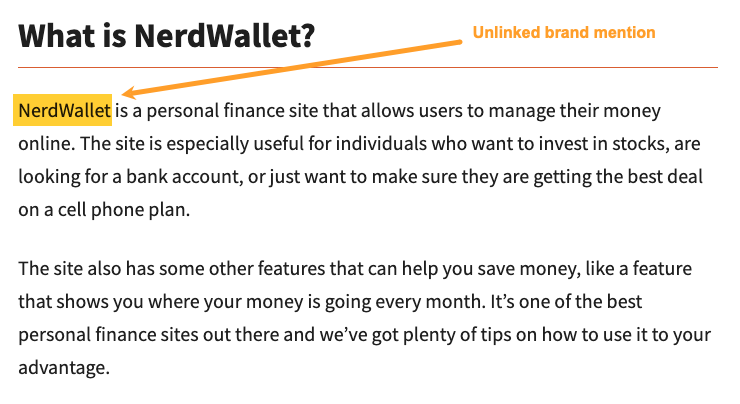
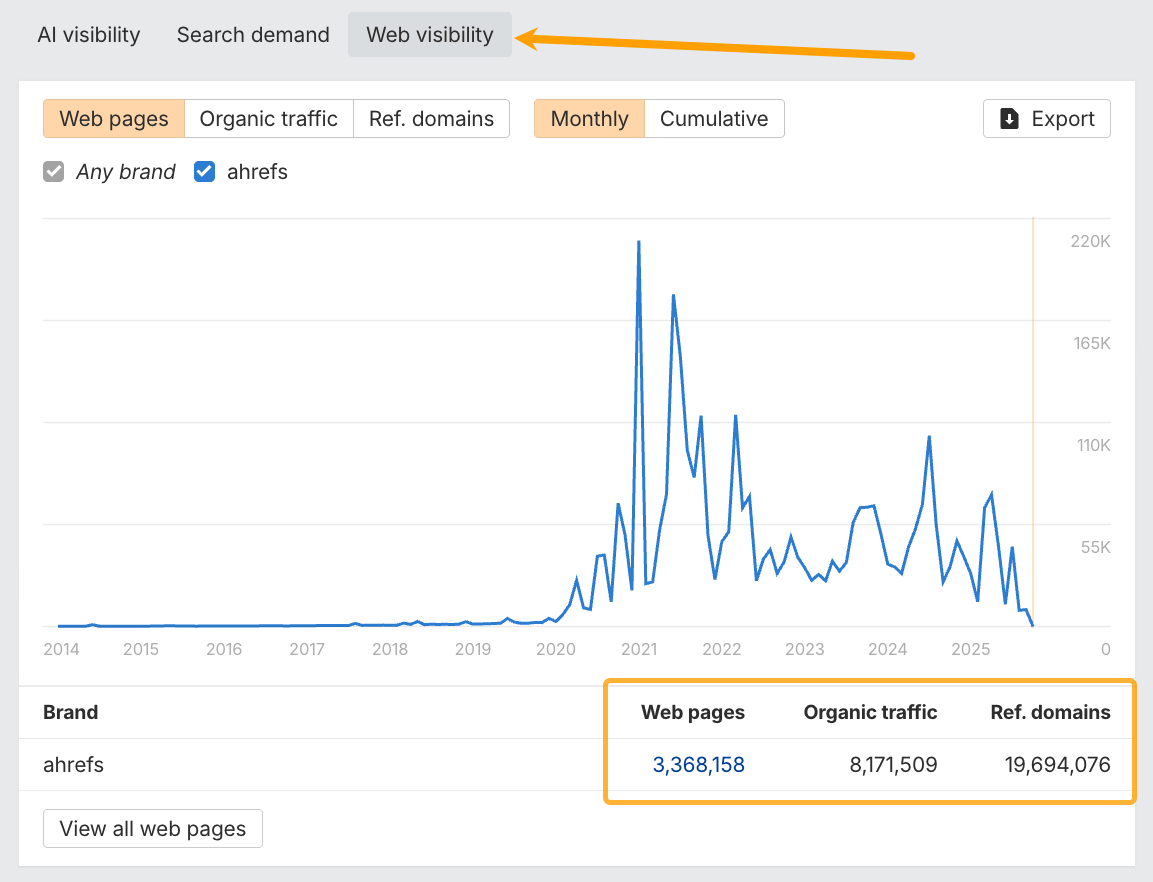
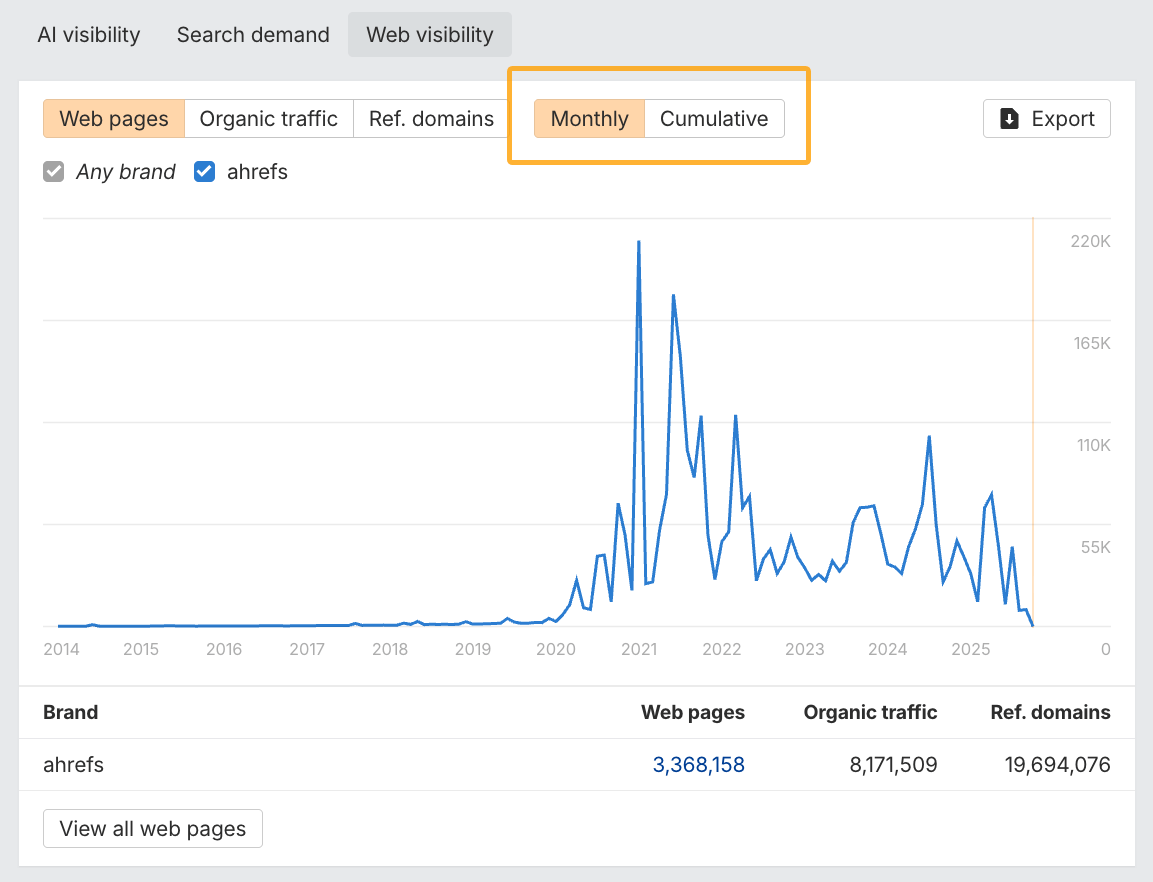
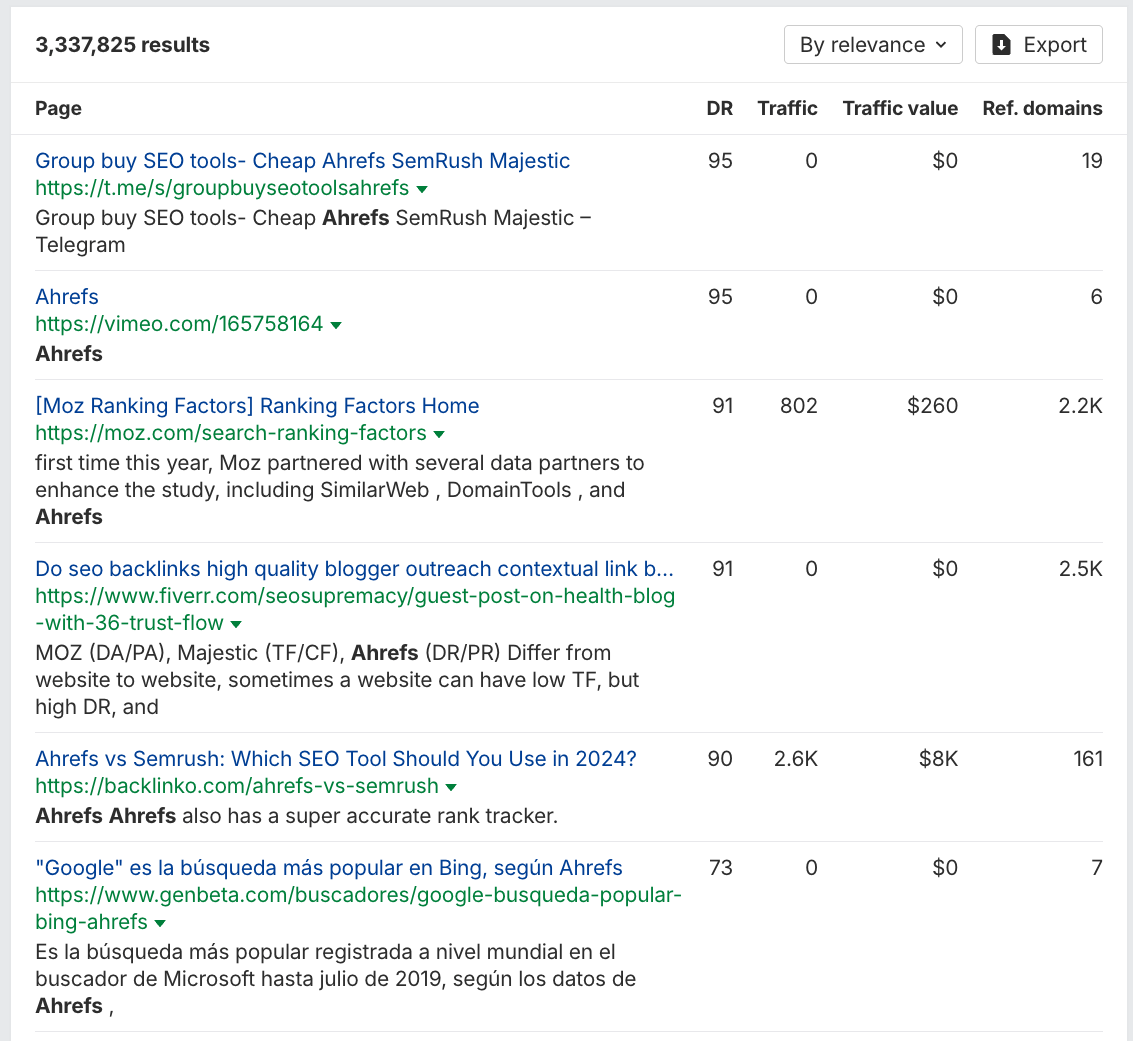
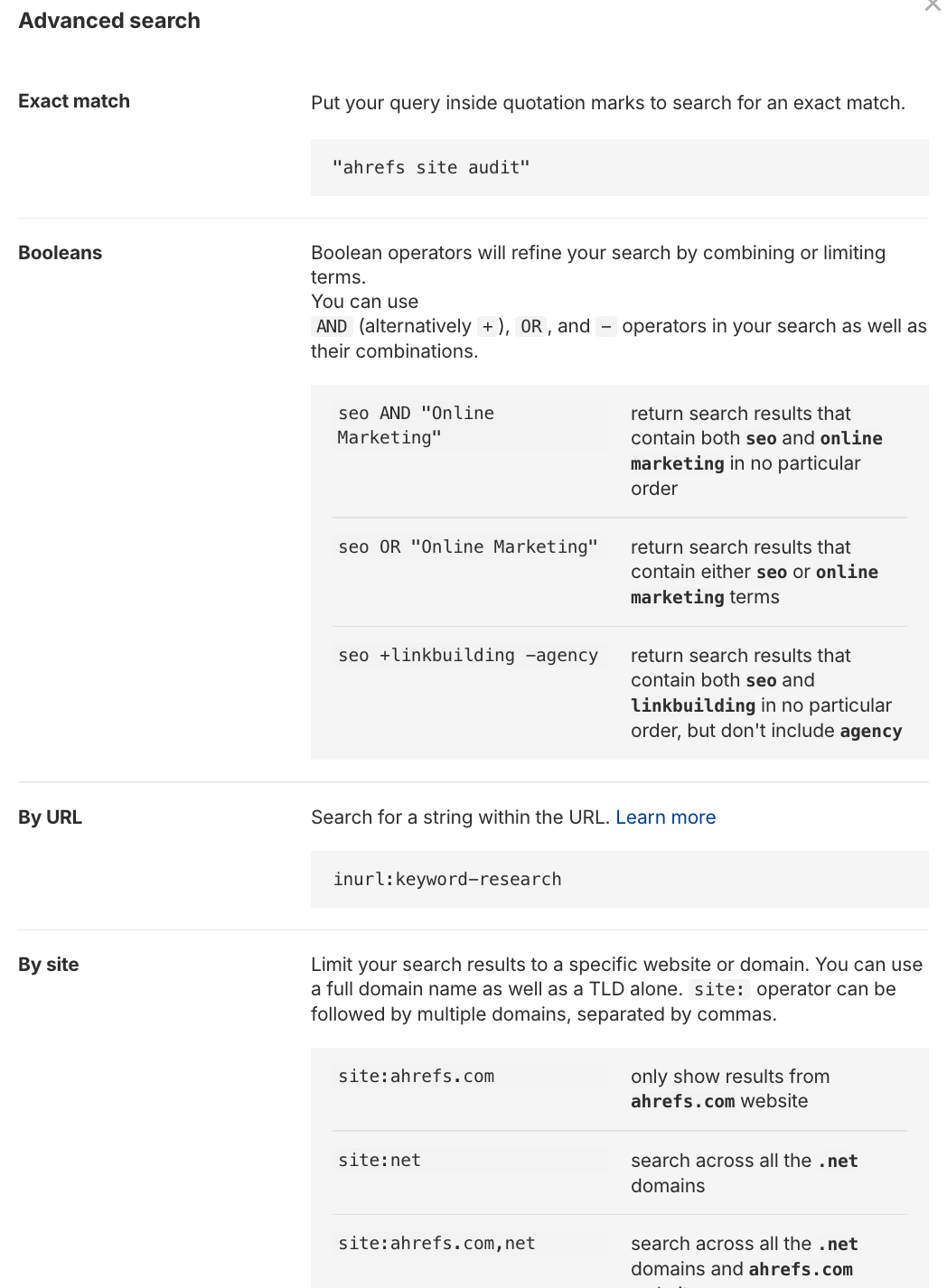
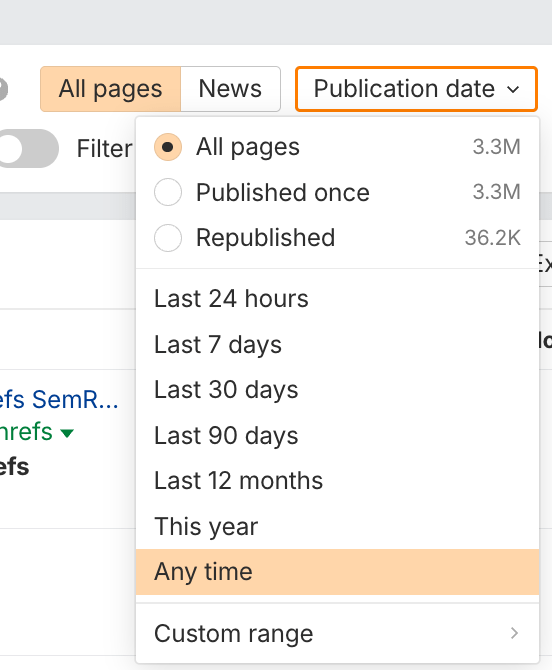
![]()
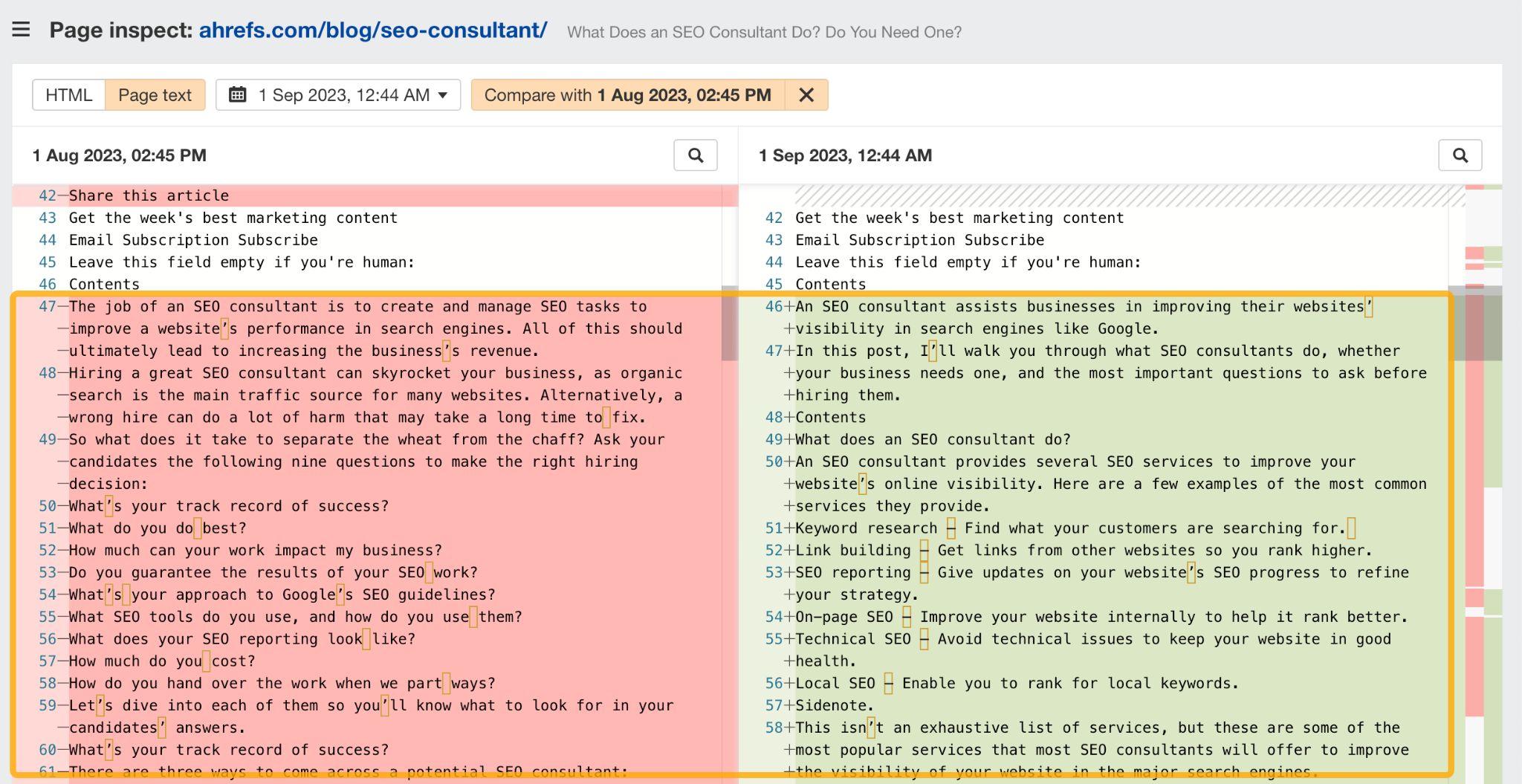

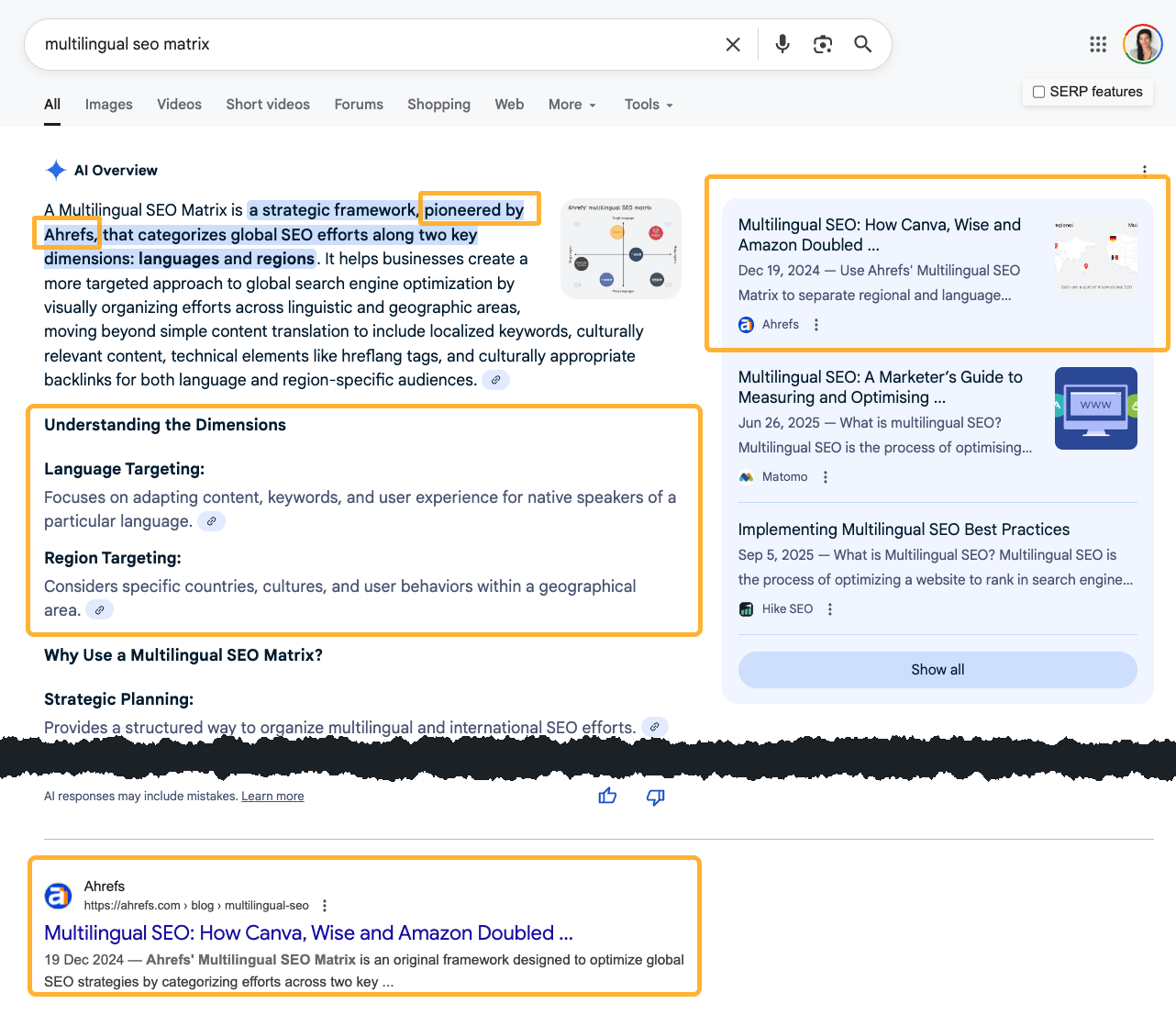

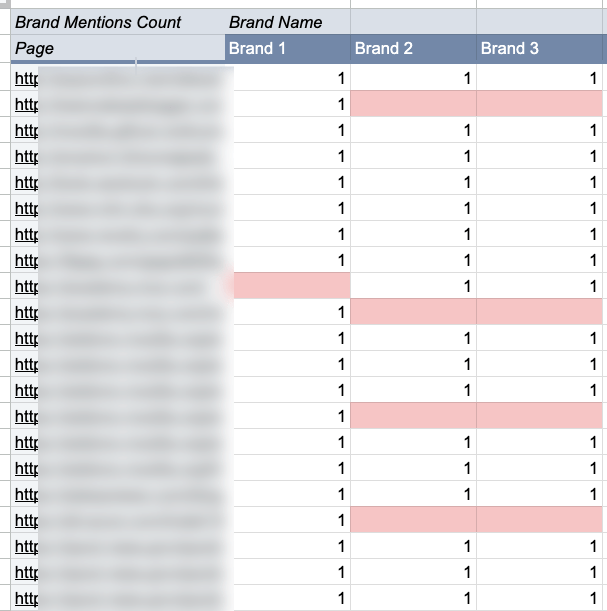

Final thoughts

 UsenB
UsenB 







